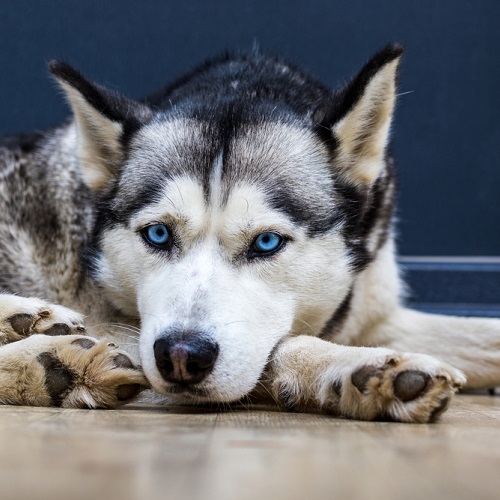So, I’ve been getting into this whole Siberian Husky thing. I mean, who hasn’t seen those beautiful dogs with their striking eyes and thought, “I want one”? I did some digging before I made the decision to get my own Husky, and I figured I’d share what I found out, especially about their eyes because, let’s be honest, those peepers are a big part of the appeal.
First, I went to a few pet stores and checked out some Huskies. Man, those eyes are something else in person! I noticed right away that they’ve got these almond-shaped eyes that give them that intense, wolf-like look. And the colors! I saw blue, brown, and even some with a mix of colors in the same eye, which I later learned is called “parti-colored.” Pretty cool, right?

Then I started wondering, “What makes their eyes so different?” So, I did a little research online. Turns out, there’s some DNA study that says blue eyes are super common and dominant in Siberian Huskies. I read a study from PLOS Genetics. No wonder I saw so many blue-eyed pups!
I also found a lot of articles about common eye problems in the breed. Apparently, I should keep my eye on certain issues. Here’s a rundown of what I jotted down in my notebook:
- Hereditary Cataracts: This is apparently a big one. It’s like a cloudiness that forms over the eye and can make it hard for the dog to see. There are several other types of cataracts but this one is the most relevant.
- Progressive Retinal Atrophy (PRA): This one’s a bit scary. It’s when the retina, which is like the camera sensor of the eye, starts to break down. It can eventually lead to blindness.
- Corneal Dystrophy: This one affects the cornea, the clear outer layer of the eye. It can cause little white or gray opacities to form, making their vision blurry.
After reading up on all of this, I took my pup, Ghost, to the vet for a check-up. Thankfully, he’s got a clean bill of health, but the vet gave me some tips on what to watch out for. Early signs of eye problems can be things like squinting, pawing at the eyes, or even just bumping into things more often. The vet also said that it’s important to get my husky’s eyes checked at least once a year.
The vet also mentioned something about the AKC, which is like a big dog club that keeps track of different breeds. They apparently group breeds into categories, and Huskies are in the “Working Group” because they were originally bred to pull sleds and do other tough jobs.
I also joined a forum online, where other husky owners share their stories. It was on that forum that I learned that blue eyes are a common trait.
Conclusion
Getting a Siberian Husky has been a real learning experience, and I’m still learning! But I feel like I’m getting a better handle on what to expect, especially when it comes to their eyes. It’s definitely important to be aware of the potential problems and to keep an eye out (pun intended!) for any changes. After all, I want my furry friend to be happy and healthy for as long as possible! This is the least I can do for him.






